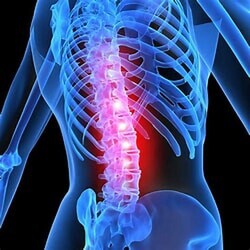Chiropractic Care and Spinal Stenosis
What you need to know
Suspect lumbar spinal stenosis in people over 50 who describe leg pain or paraesthesia on walking or prolonged standing, and who are walking reduced distances as a result
Imaging is not required during initial assessment as the correlation between imaging findings and symptoms is poor
Conservative treatment, which includes supervised exercise and manual therapy, is advised as first line treatment; about 30-50% of patients with mild to moderate symptoms experience spontaneous improvement in pain and ability to walk greater distances
Prescribe pain medication only for a short period and after careful consideration, taking into account the important side effects, especially in older people, and the absence of good evidence for efficacy
Refer patients with severe symptoms, neurological deficits, or no improvement after 3-6 months of conservative treatment to a spine specialist for imaging and further intervention or surgery
